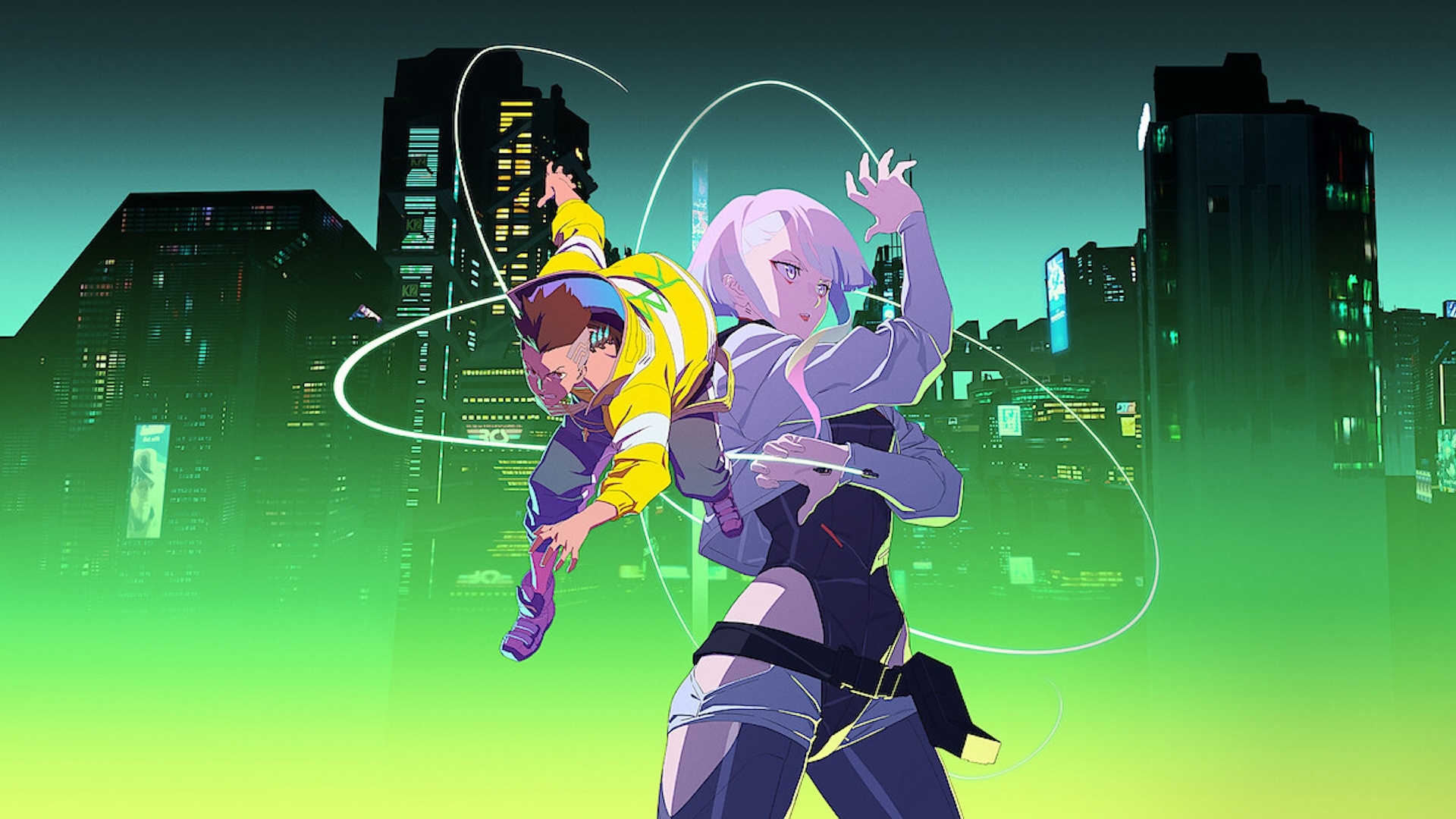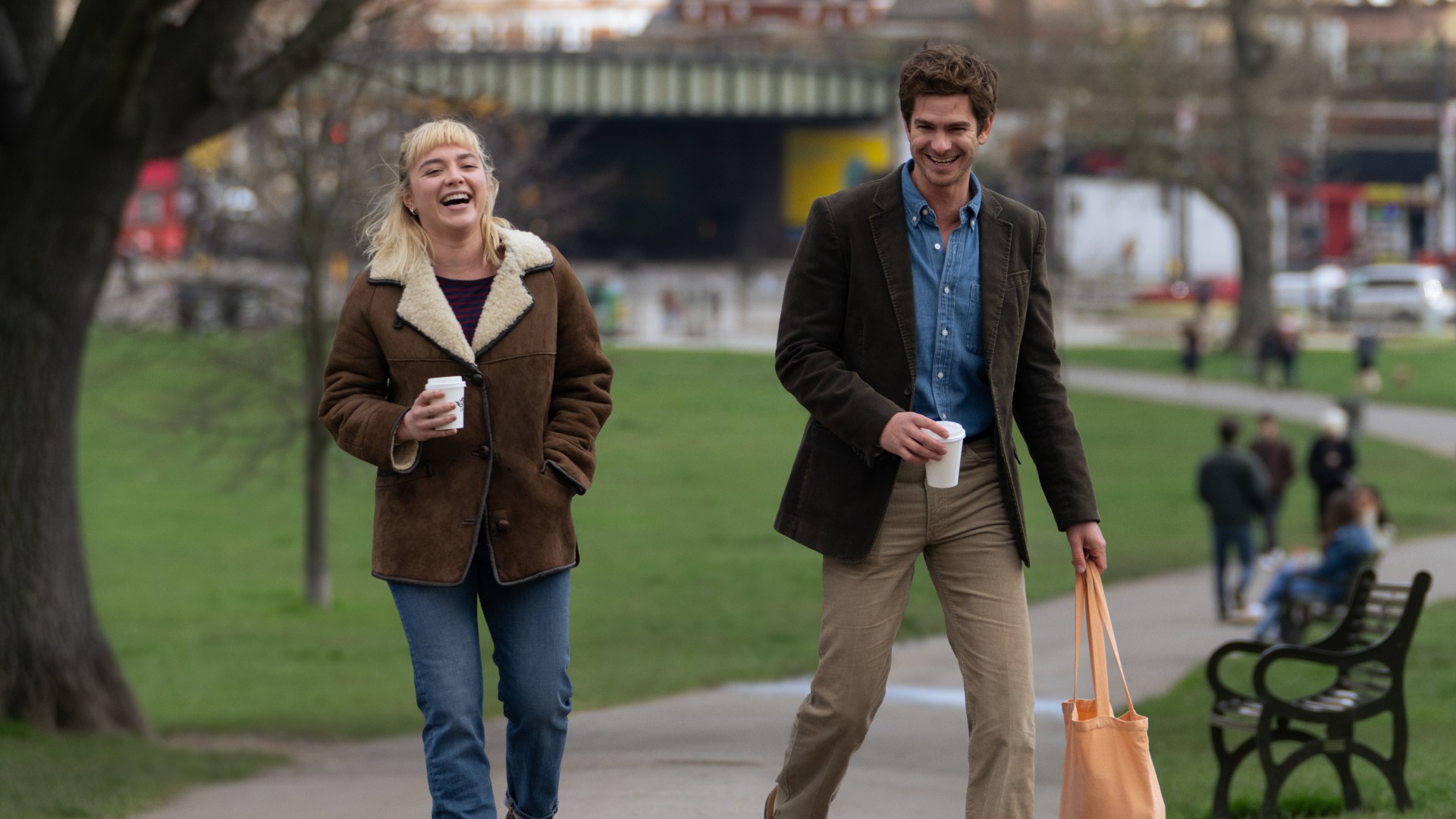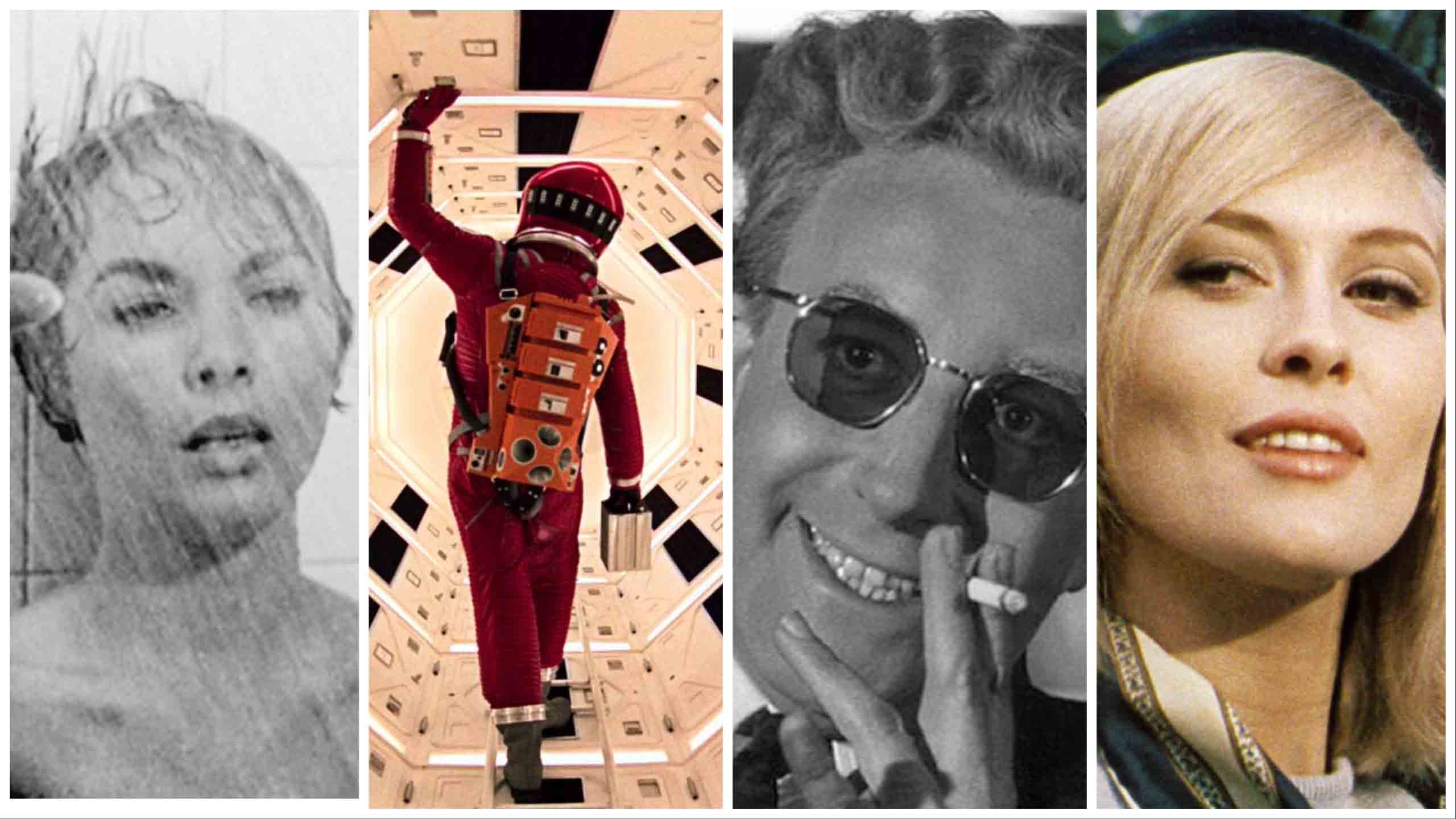

The 1960s: what a decade. It brought us the key years of The Beatles, the Summer of Love, the birth of flower power and the rise of the civil rights movement.
All that cultural change fed into cinema too. Out went the stuffy ways of old Hollywood, and in came a whole raft of experimental, transgressive, and just plain brilliant movies that dabbled with new film making techniques and big ideas.
The 60s also saw the collapse of the old Hollywood studio system, where the studios controlled the entire process of film-making with an iron fist, letting in more influences from Europe and beyond.
From horror to sci-fi, and from westerns to kitchen sink dramas, directors in the 1960s reached for the stars, establishing a cinematic language that is still spoken by today’s best directors.
Here, then, are 24 of the best movies of the 1960s. If you don’t see your number one on the list, don’t worry – we’ll be expanding this list over time.
If your top 60s film is on the list, though, then give it a vote.
The best 60s movies
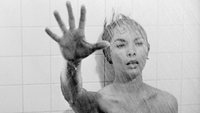
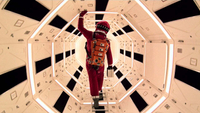
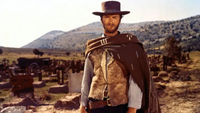
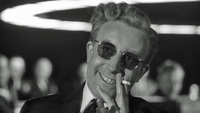
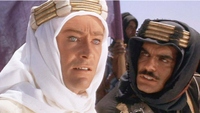
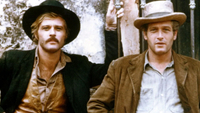
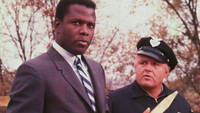
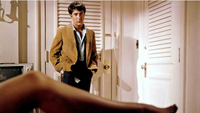
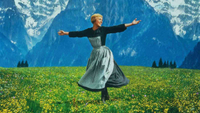
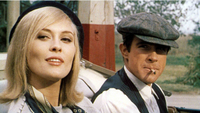
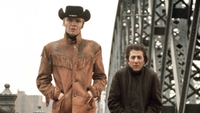
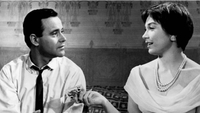
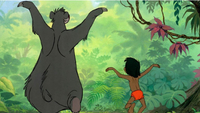
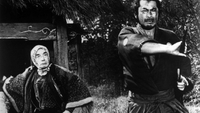
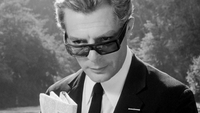
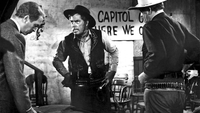
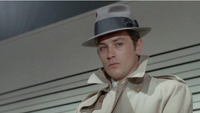
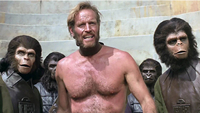
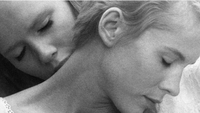
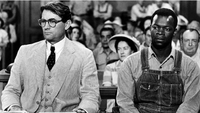
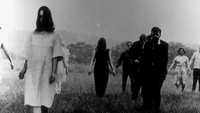
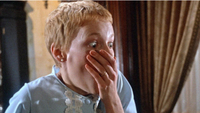
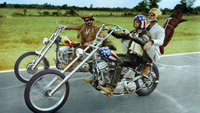
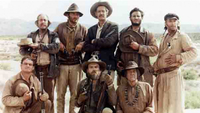
- These are the best movies of the 70s.
SOMETHING MISSING FROM OUR SHORTLIST?
Tell us about it, and if enough people agree we'll add it in.
Get exclusive shortlists, celebrity interviews and the best deals on the products you care about, straight to your inbox.

As Content Director of Shortlist, Marc likes nothing more than to compile endless lists of an evening by candlelight. He started out life as a movie writer for numerous (now defunct) magazines and soon found himself online - editing a gaggle of gadget sites, including TechRadar, Digital Camera World and Tom's Guide UK. At Shortlist you'll find him mostly writing about movies and tech, so no change there then.
